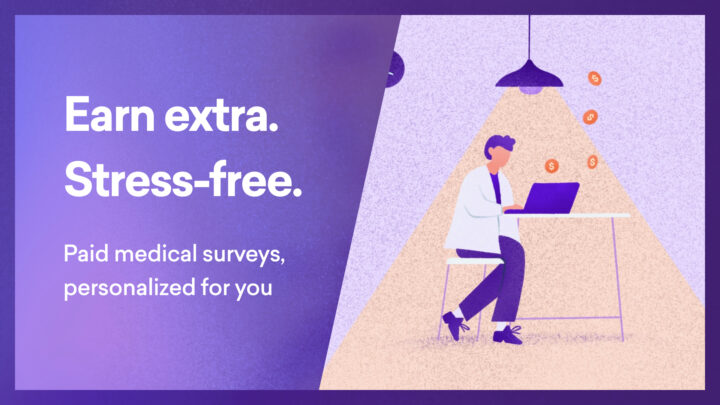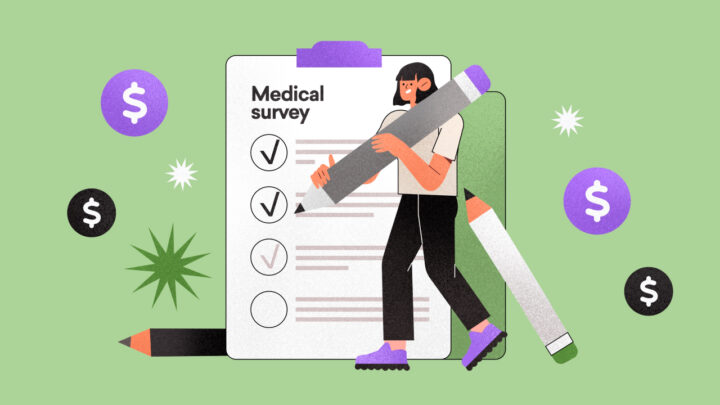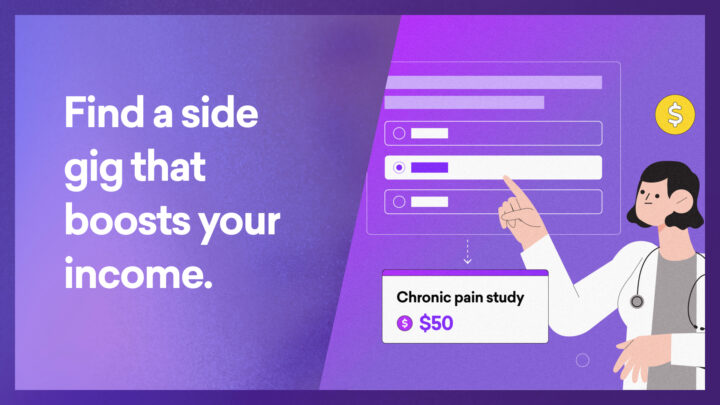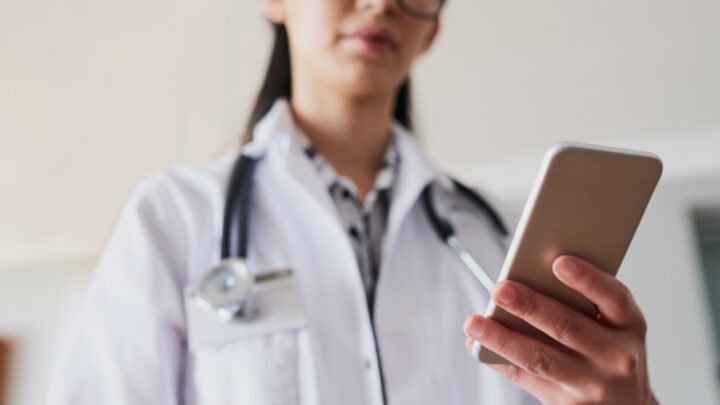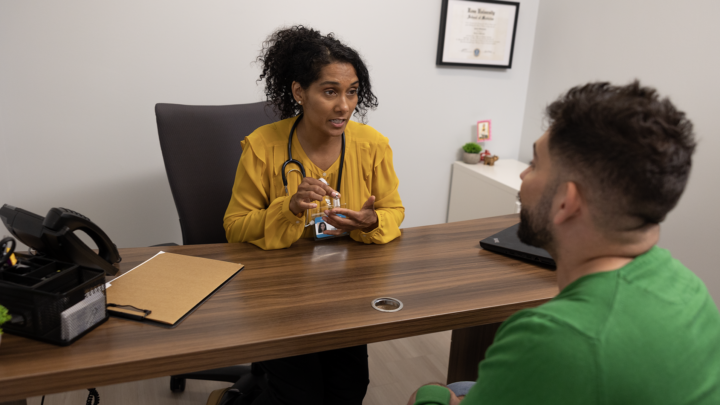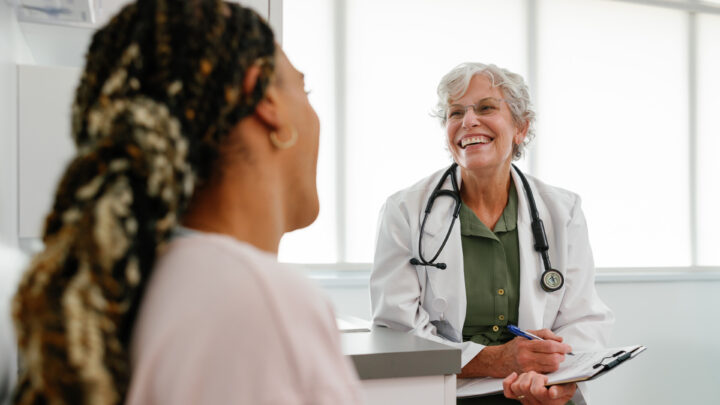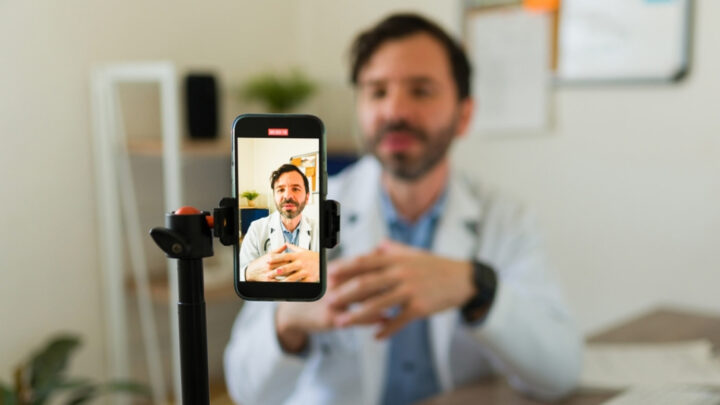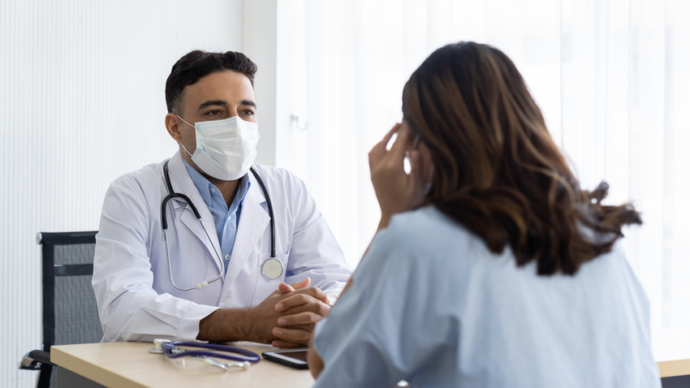
The Centers for Disease Control and Prevention (CDC)
Pre-exposure prophylaxis (PrEP) is one of the most powerful tools health care providers have for preventing HIV. When taken as prescribed, PrEP reduces the risk of getting HIV from sex by about 99% and from injection drug use by at least 74%. However, only 23% of an estimated 1.2 people in the United States who could potentially benefit from PrEP were using it in 2019.
In addition, stark racial, ethnic, gender, and age-based disparities in how PrEP is prescribed still exist. In 2019, only 8% of Black or African American people and 14% of Hispanic or Latino people who were indicated for PrEP were prescribed it, compared to 63% of White people. Although women accounted for 20% of all new HIV diagnoses during 2019, they accounted for only 7.4% of PrEP prescriptions. Adolescents (aged 16–24) had the least PrEP coverage out of any age group, even though data suggest that PrEP is safe for adolescents, and it is approved for use in patients who weigh at least 77 pounds.
Expanding patients’ access to and use of PrEP is a key part of the Department of Health and Human Services’ Ending the HIV Epidemic in the U.S. initiative. Toward that end, CDC recently updated the Clinical Practice Guidelines for PrEP to give health care providers the latest information on prescribing PrEP for HIV prevention and increasing PrEP use among people who could benefit from it. Health care providers play an important role in this strategy by prescribing PrEP to their patients who are at risk for HIV and removing the stigma and barriers that have kept so many patients from getting access. Below are three facts every provider should know about prescribing PrEP.
1. Any Licensed Prescriber Can Prescribe PrEP.
A recent systematic review identified a paradox in which many primary care providers believe that PrEP should be provided by specialists in HIV clinics, while many HIV specialists believe that PrEP is suited for primary care clinics because they see HIV-negative patients more often. The reality is that any licensed prescriber can prescribe PrEP, including family practitioners, infectious disease specialists, nurse practitioners, physician assistants, and other providers. In fact, health care providers who routinely see patients at risk for HIV should consider offering PrEP to all indicated patients.
2. Patient-Centered Care Is Essential to Reduce PrEP Disparities.
It’s imperative for health care providers to understand how to provide patient-centered care for people of color, women, adolescents, and other groups to close the gap in PrEP access for these populations. Providers can start by learning how to initiate conversations about sexual health with patients to remove the stigma and normalize these discussions. Providers can also share CDC’s PrEP Is for Women brochure with patients, and view a continuing medical education course on HIV Testing, Prevention, and Treatment: A Stepwise Approach for additional guidance.
3. Resources Are Available to Help Providers Prescribe PrEP.
Lack of experience prescribing PrEP should not be an obstacle for health care providers who want to offer it as part of a comprehensive prevention plan. CDC offers many tools to help providers who want to share the power of PrEP with their patients, including a PrEP Locator database that providers can share with their patients to help find a PrEP provider near them and a PrEP for HIV Prevention: FAQs brochure with answers to common provider questions. Most insurance plans and state Medicaid programs cover PrEP, and the HHS Ready, Set, PrEP program also makes PrEP medication available at no cost to patients who qualify, regardless of income.
You can contribute to ending the HIV epidemic by making PrEP a part of your patients’ HIV prevention plans. Here is more of what Sermo physicians have to say on this topic:
PrEP is one of the most powerful tools in HIV prevention right now, and not enough women know about it. PrEP empowers my patients to independently control their HIV risk.
Dr. Michelle Cespedes, MD, MS
PrEP is an incredibly exciting tool that we have in our sexual health toolkit that we can offer to patients.
Dr. Oni Blackstock, MD, MHS
PrEP is extremely effective, and if it’s taken as prescribed, or even close to as it’s prescribed, it effectively prevents somebody from getting HIV sexually. I think there’s work to be done about getting more people who would benefit from PrEP on treatment and addressing some of the barriers, but I think that it has a lot of potential.
Dr. John Weiser, MD, MPH
